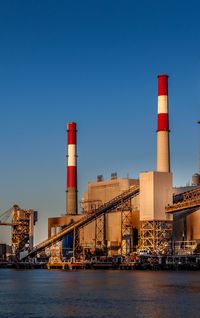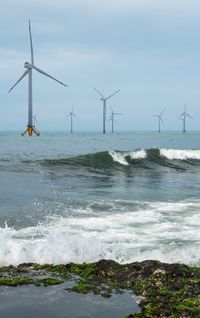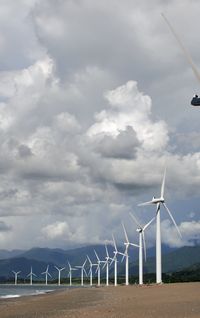Looking into 2025, the prospects are bright for project developers although a beady eye is needed to be kept on rising government bond yields. Last year ended strongly, particularly in the US, and many of the drivers leading this result have pushed on into 2025, Trump notwithstanding. But the financial markets started the new year with a global bond tantrum as US 10-year yields moved up to near 5%. And project developers are sensitive to debt costs.
There was a race to get deals done in the US at year-end with an impressive amount of project finance raised, more than US$10bn. One reason for this was not positive – there was a race to get renewable deals done ahead of the start of the perceived anti-renewable Trump presidency this month.
But looking into 2025 the prospects for the US project finance market, which, during the Biden years, usually accounted one-third of the volumes of the global project finance market, still look good. Developing new offshore wind schemes will prove challenging and president Trump has even suggested onshore wind will not be welcome at the federal level.
However, the solar market is well established at the state level and the need for power grows and grows with the AI revolution – indeed during the campaign Trump said he would turbocharge power development. Expect continued renewable development plus new gas-fired and nuclear power projects.
That said, longer-dated US debt yields have moved to 5%, up 1% over the last four months. The new presidency is expected to focus on growth, not reducing debt so yields in the most important global debt market, the US$28trn US market, could continue to grow. This year could see a focus on sovereign debt – the debt that was built up after the global financial crisis and Covid-19 eras when interest rates were down to zombie levels, 0% or just above. Higher interest rates are not a completely bad thing but they impose a direct cost on those who are exposed – governments, for instance. Interest rates of 5% or above are historically quite low but, for instance, for the new left-leaning UK government they could quickly lead to a falling pound, increasing interest rates, public spending cuts. Oops.
What about ESG in 2025? Financial institutions in the US and Europe appear to be moving apart right now. The big six US banks – Goldman Sachs, Wells Fargo, Citigroup, Bank of America, Morgan Stanley and JP Morgan – have all left the Net-Zero Banking Alliance over the last month. This comes as some European banks are doubling down on issues such as funding gas-linked projects. With a raft of new gas-fired schemes expected in the US, it is possible the traditional European funders will not be there. That said, during the last US CCGT boom, the term loan B market was an important source of liquidity. What about the Japanese lenders, particularly in the US?
2024 saw exciting innovations in the project finance arena which bode well for this year. The first carbon capture scheme was financed and what a large one it is too – the UK's Northern Endurance Partnership scheme on Teesside. The next scheme, for Aramco in Saudi Arabia, is already in the financing market. Beyond that it will be interesting to see how this sector will develop. Many variants will emerge, perhaps some smaller schemes will come to fruition. CCS is expensive and the race must be on to develop projects economically.
The electric vehicle market had a challenging year with the takeup of new EV vehicles lower than expected and the battery manufacturing sector taking some well-publicised hits. This sector was a shining light over the last few years. Reality then hit home.
The same had happened to the new hydrogen market. Will, in the same vein, the data centre sector go through a similar cycle? The projected requirements for new data centre capacity, along with the need for new power and water to serve the sector, are huge. The need is undoubtedly there, but the hype could overreach at some stage. That said, 2025 will be the year of the data centre. As for EV and hydrogen, the sectors must now establish base camp and move forward.
Power is the focus for project financiers but water is always there or thereabouts. The desalination market is growing in hot climes such as the Gulf. Mega water desalination and transport schemes are required in Chile. In the UK, the first PPP-style direct procurement for customers project has been awarded, the £2.9bn Haweswater Aqueduct Resilience Programme scheme. There were fears in the autumn the DPC option would be cancelled given the costs which were revealed in the tender. But the announcement of the winning Strabag/Equitix bid was one of the first made in the new year – a good sign.
Water is critical for data centres too – and come to think of it, hydrogen. Indeed there have been fears the hydrogen boom could have used up too much water. Water, a bringer of joy – unless you are working on Thames and Southern.













